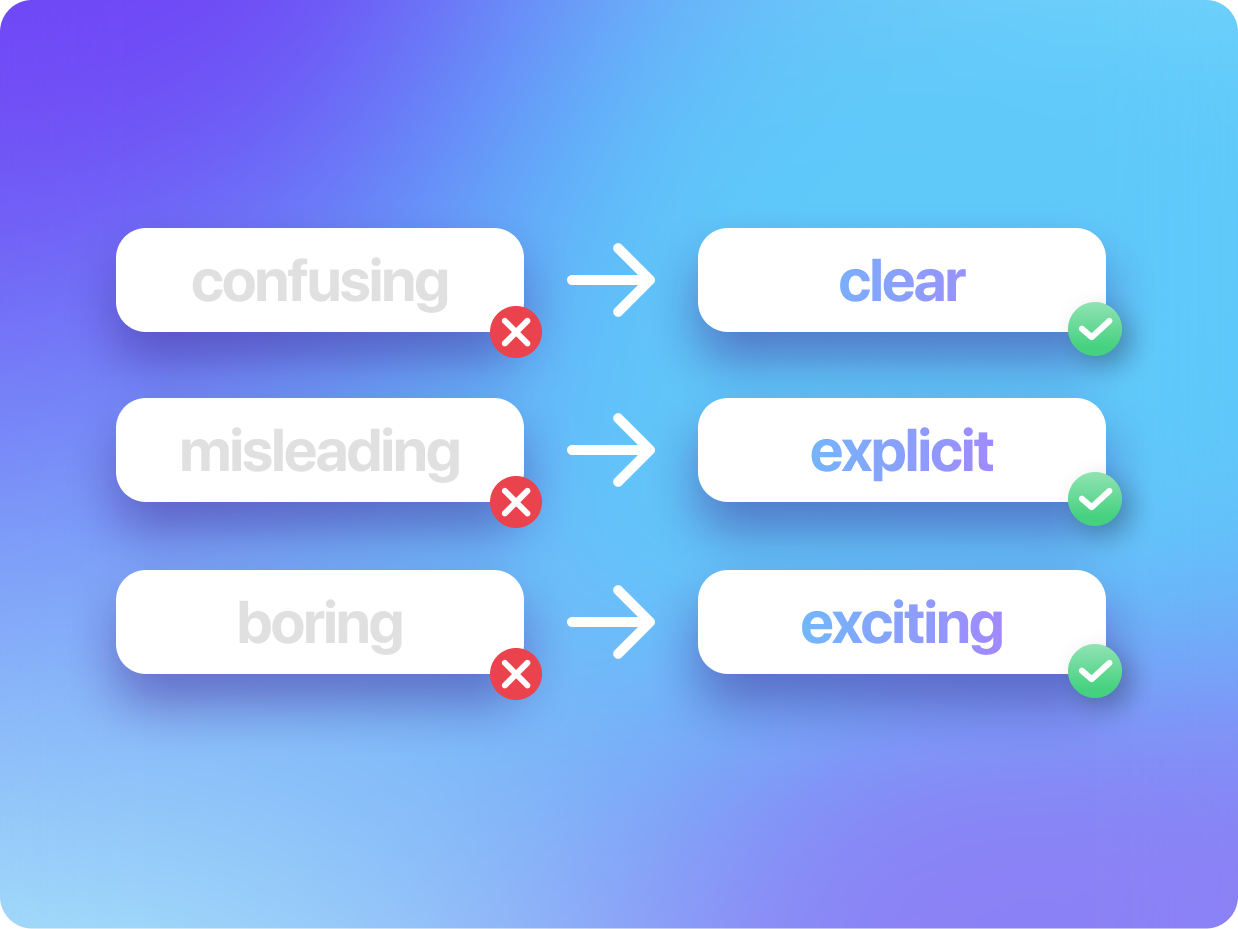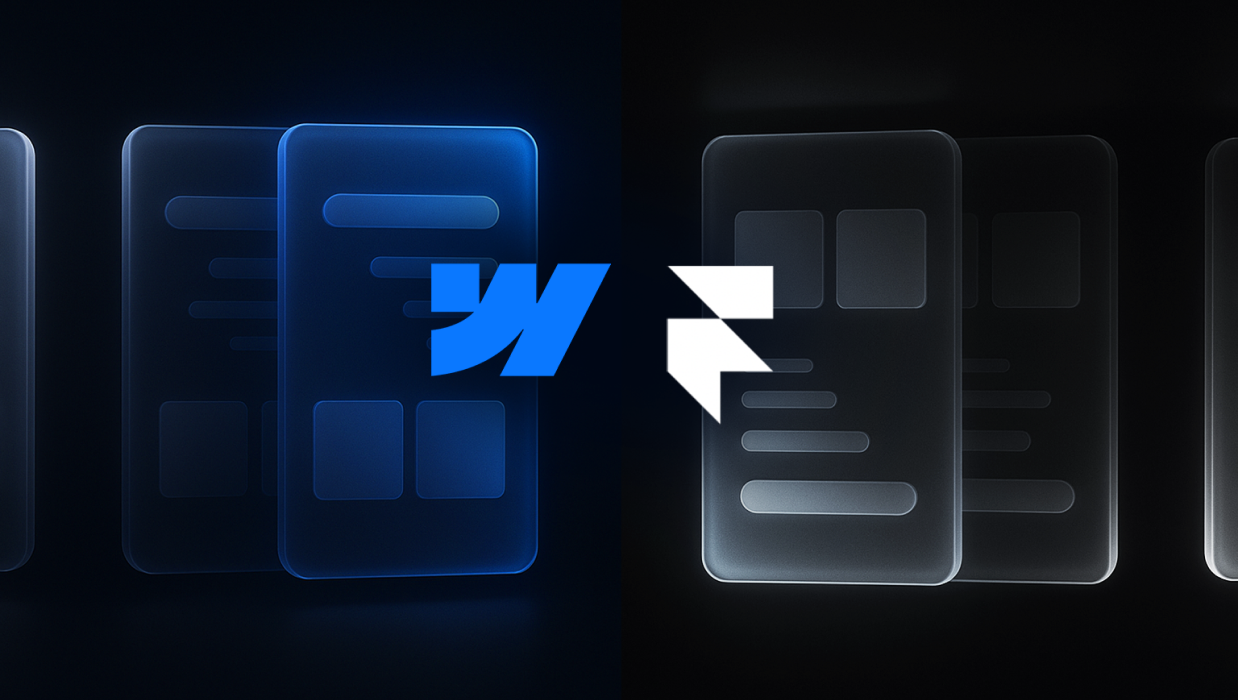
Crafting Persuasive Calls-to-Actions That Convert
Bridging the Gap Between Interest and Action
Well-placed CTAs serve as guiding posts, transitioning website visitors from bystanders to engagers to customers. They prompt desired actions like free trial sign-ups, content downloads or purchases that progress users through your sales funnel by clearly communicating next steps.
It’s Not Just About the Button
Simply adding generic “Buy Now” buttons fails to deliver results. To drive conversions, carefully tailor CTAs to resonate with your audience, reflect context, and instill urgency. Put yourself in the visitor’s shoes to craft persuasive language and highlight benefits that compel clicks.

Optimize Through Testing
Because audience responses vary, continuously test and refine CTAs based on performance data. Experiment with descriptive verbs, benefit-focused language and strategic placement to find the best converting approach.
Ignoring Call-to-Action Relevance Is Lost Revenue
In the intangible world of SaaS, website elements like CTAs make or break conversions and ultimately revenue. Ensure CTAs receive due attention within your marketing strategy for maximum conversion and sales impact.
With conversion-focused CTAs seamlessly guiding visitors to become customers, your SaaS is primed for revenue growth and competitive success.
FAQs
More reads

A practical guide for B2B SaaS teams choosing between Framer and Webflow, with clear recommendations, real insights from our experts and the data you need to pick the right platform for your next stage of growth.
.png)
Picture this: A prospect asks ChatGPT about your B2B SaaS product. The AI pulls data from across the web and... finds nothing useful. Or worse, it shows outdated third-party content instead of your actual site. This happens more often than you'd think. But there’s a dead-simple fix.

The world of Webflow and web design comes with its own unique vocabulary, and understanding these terms is crucial for effective communication between designers, developers, and clients.